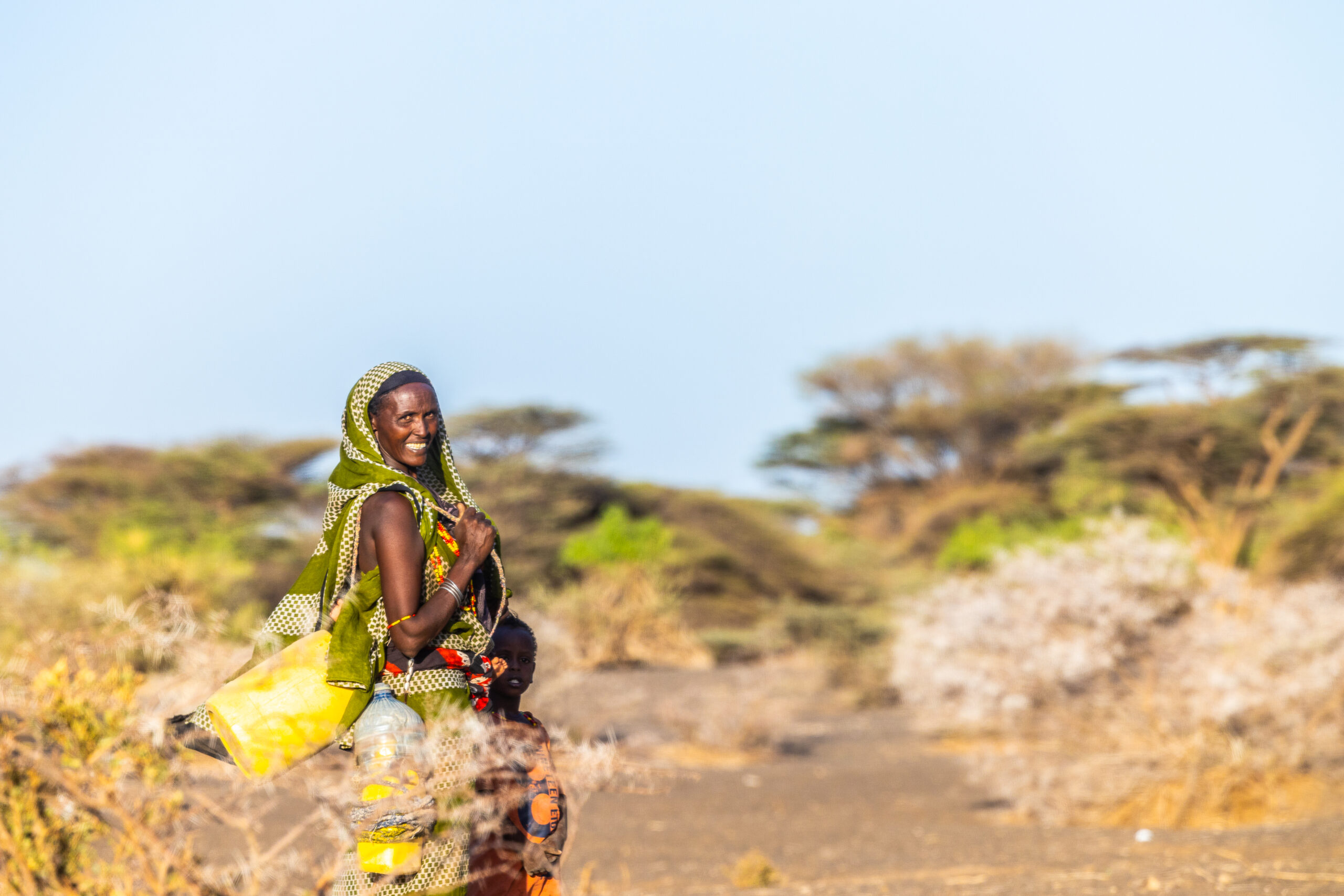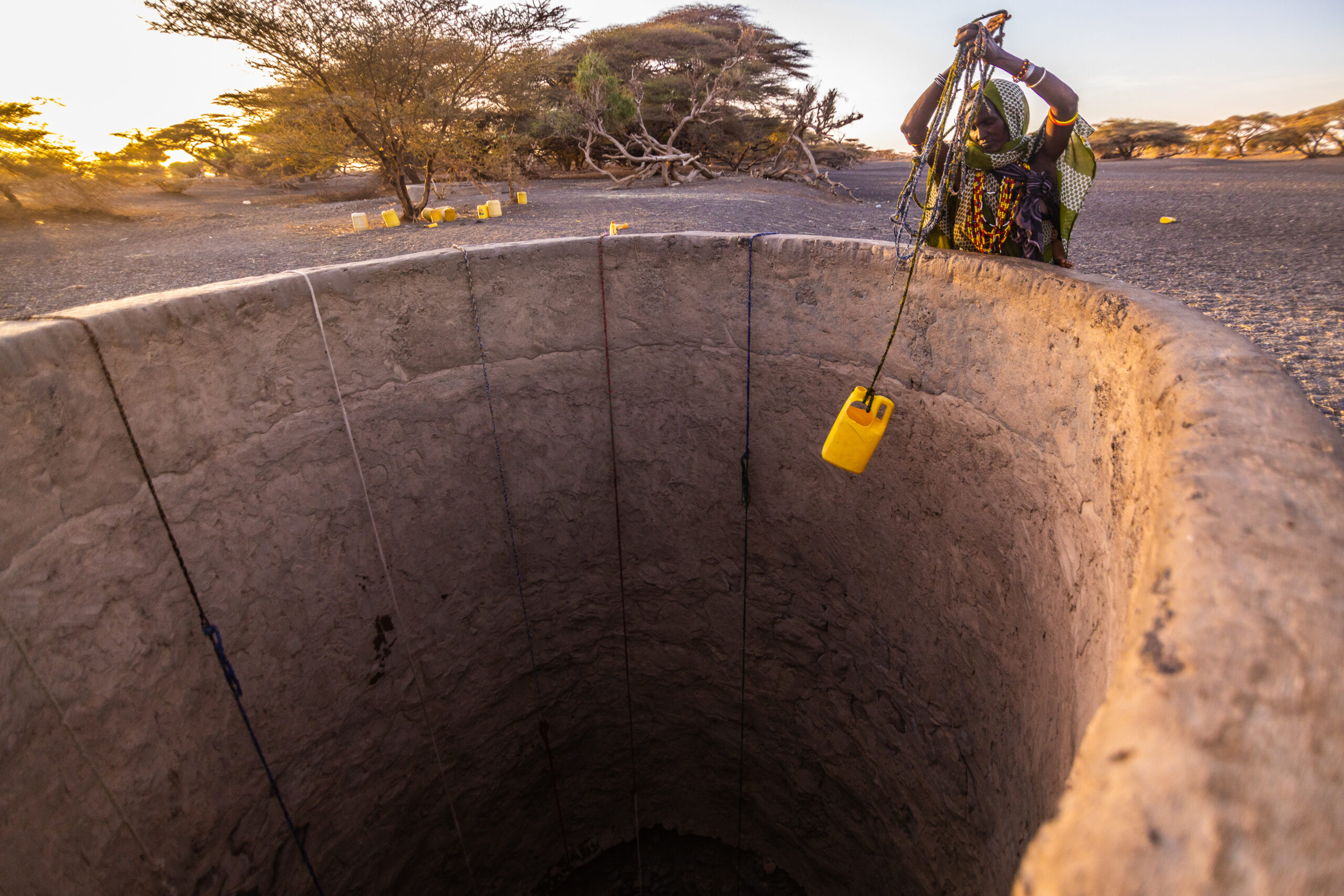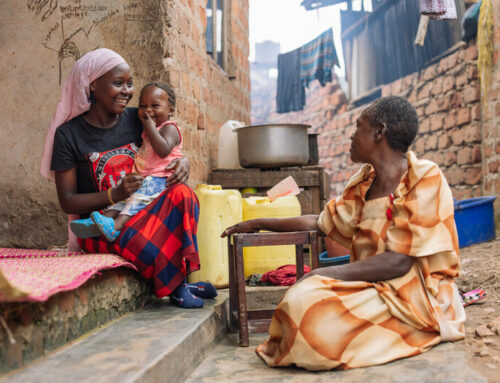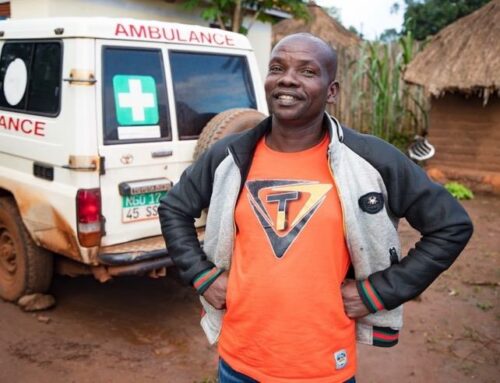Field Updates
Salo’s Story: Climate Change and the Impact on Motherhood
Story by Wesley Koskei
Throughout villages in Kenya’s Marsabit County, the three-year drought has left profound devastation. Sand blankets the area, filling cracks in the ground and making it no longer hospitable to vegetation. It has been like this for three years as the last five rainy seasons have failed, leaving the earth dry and people desperate.
“This drought is a big challenge for us mothers who are breastfeeding because we do not have anything to breastfeed our babies,” says Salo, a married mother of four. For lactating mothers like her, inconsistent food access has led to underweight mothers struggling to feed babies, denying them nutrients at a critical stage.
In the morning, Salo’s family is hurdled next to their round traditional grass-thatched house. She is crushing maize grains using a pestle and mortar for what will be their only meal of the day and possibly the last time they and their surviving animals eat for several days. “What I fear most is this lack of food, especially for our children,” she says. “If this drought continues and we do not get support soon, I fear people will start dying.”
The worsening food insecurity with decreasing milk availability is causing food prices to soar across markets in East Africa. For an already underserved and marginalized community, droughts, in addition to unsafe home births and limited WASH practices, are harming the communities’ overall health.
Amref’s HEAL project was providing income stabilization and cash transfers to the most vulnerable people whose livelihoods have been destroyed or disrupted. Sadly, this portion of the project ended last winter, and we haven’t been able to provide the same levels of support due to funding cuts.
The situation is made worse since communities cannot access safe, reliable water sources. 90% of surface water sources have dried up in the area, and the last time water trickled down the river next to Salo’s home was in April 2020. “We usually have water here, but since the rains have failed for the last three years, it is different,” she says.
Salo’s village, the remaining water source, is running dry. Together with other women, she waits for hours to capture water seeping through rocks, sometimes braving cold nights with her baby only to return with a quart of water. “Getting water is difficult. At night, it gets cold, and we are afraid our children on our backs will get pneumonia.”
Our HEAL project is still reaching people with water, food, and care for families and their livestock. But the drought in the area is not only impacting food security. It is worsening existing vulnerabilities in underserved communities driven by chronic poverty. As the frequency and intensity of extreme climate events increase, these geographically vast communities become more and more exposed to hazards and adverse health impacts.
Amref is here to respond to emergencies with what we can and who we can! But without enough donations, the health of entire communities can weaken.
Extreme weather patterns are here to stay. We need your help to ensure vulnerable families like Salo’s can still have access to the things they need to survive.
Help us be as equipped as possible to react when emergencies hit.
Photos of Salo with her family, her crushing maize grains and her gathering water from the well by her village / Photo Credit: Tony Wild
